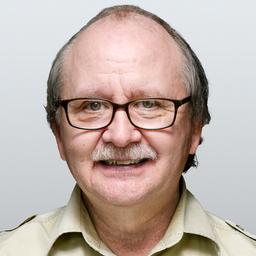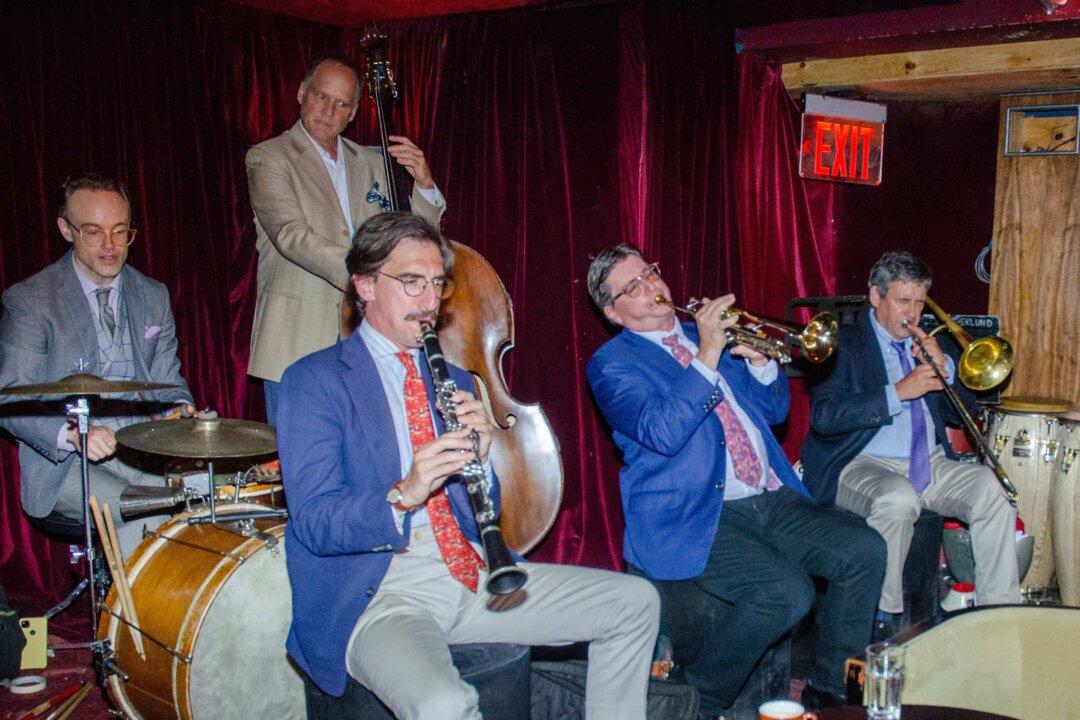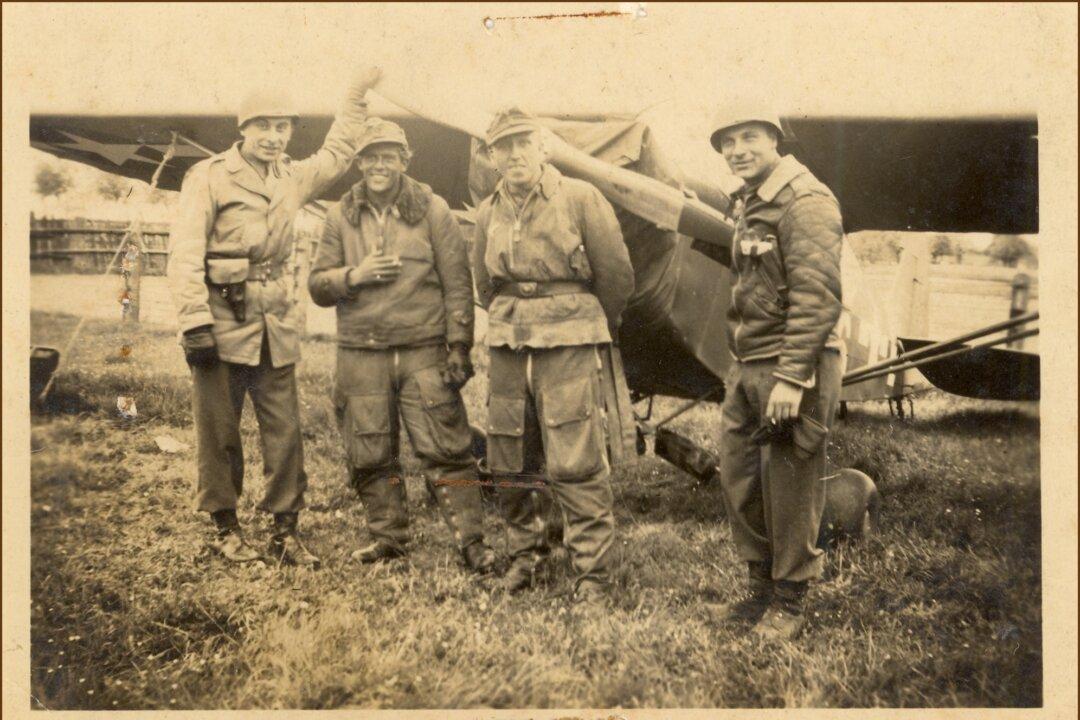NEW YORK—Two top editors from The New York Times testified in its libel trial brought on by former Alaska governor Sarah Palin (R) in federal court on Feb. 8.
Linda Cohn, the junior of the two, said she had voiced her concerns about the editorial at the heart of the lawsuit after reading a draft of it late in the afternoon on June 14, 2017.





